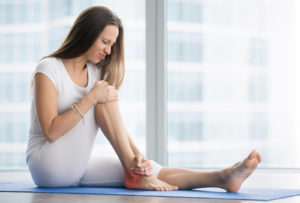
Sports Injuries: Causes, Types, Treatments, And Prevention
Participating in sports or any other physical activities is a great way to keep your body active and maintain a healthy lifestyle. It holds plenty of benefits ranging from controlling your weight to reducing the risk of disease. However, the risk of getting hurt or injured will always be present. But, fret not! There are ways that you can prevent these injuries or reduce the risk of getting them.
Read more




